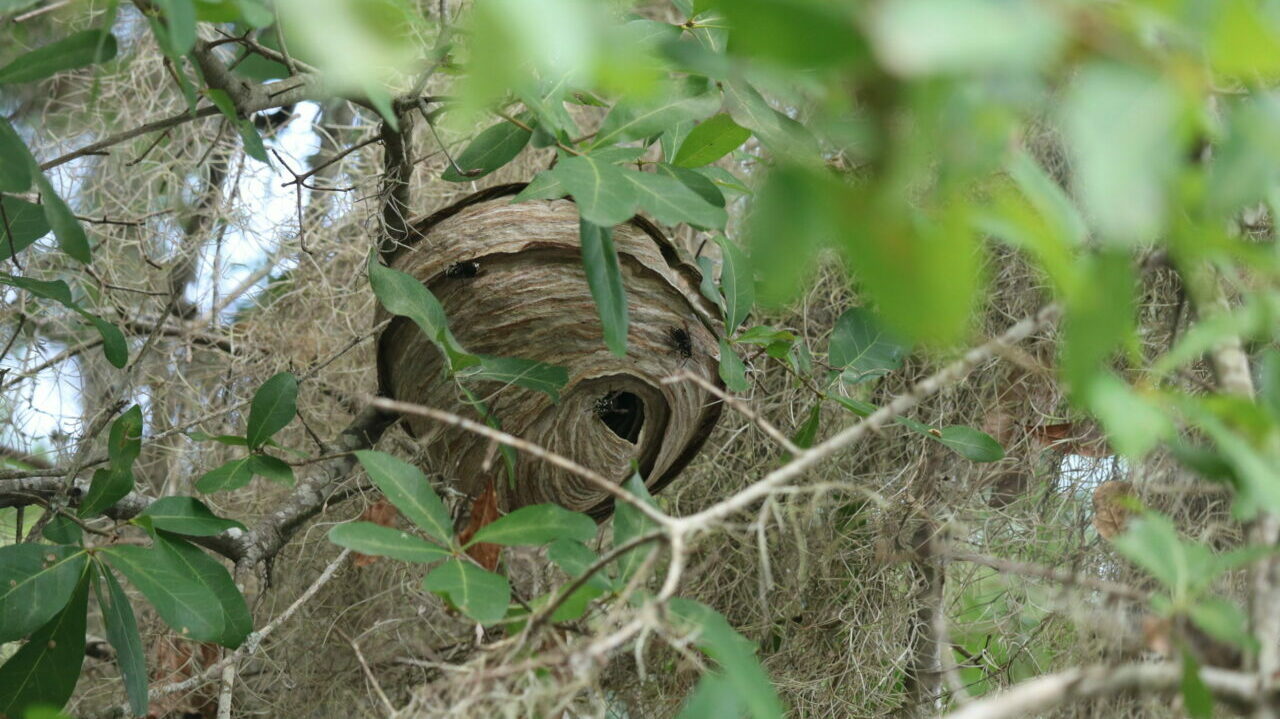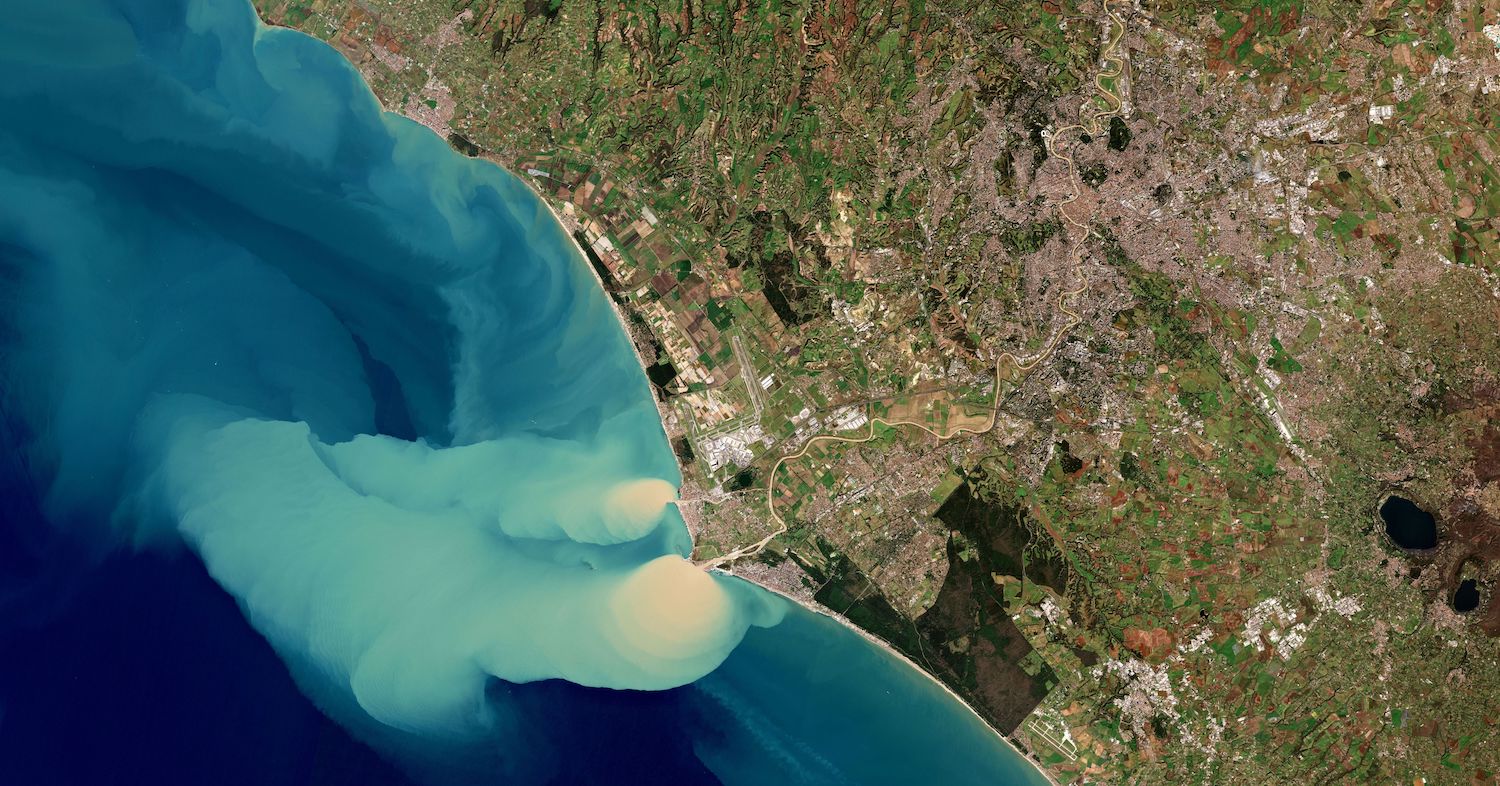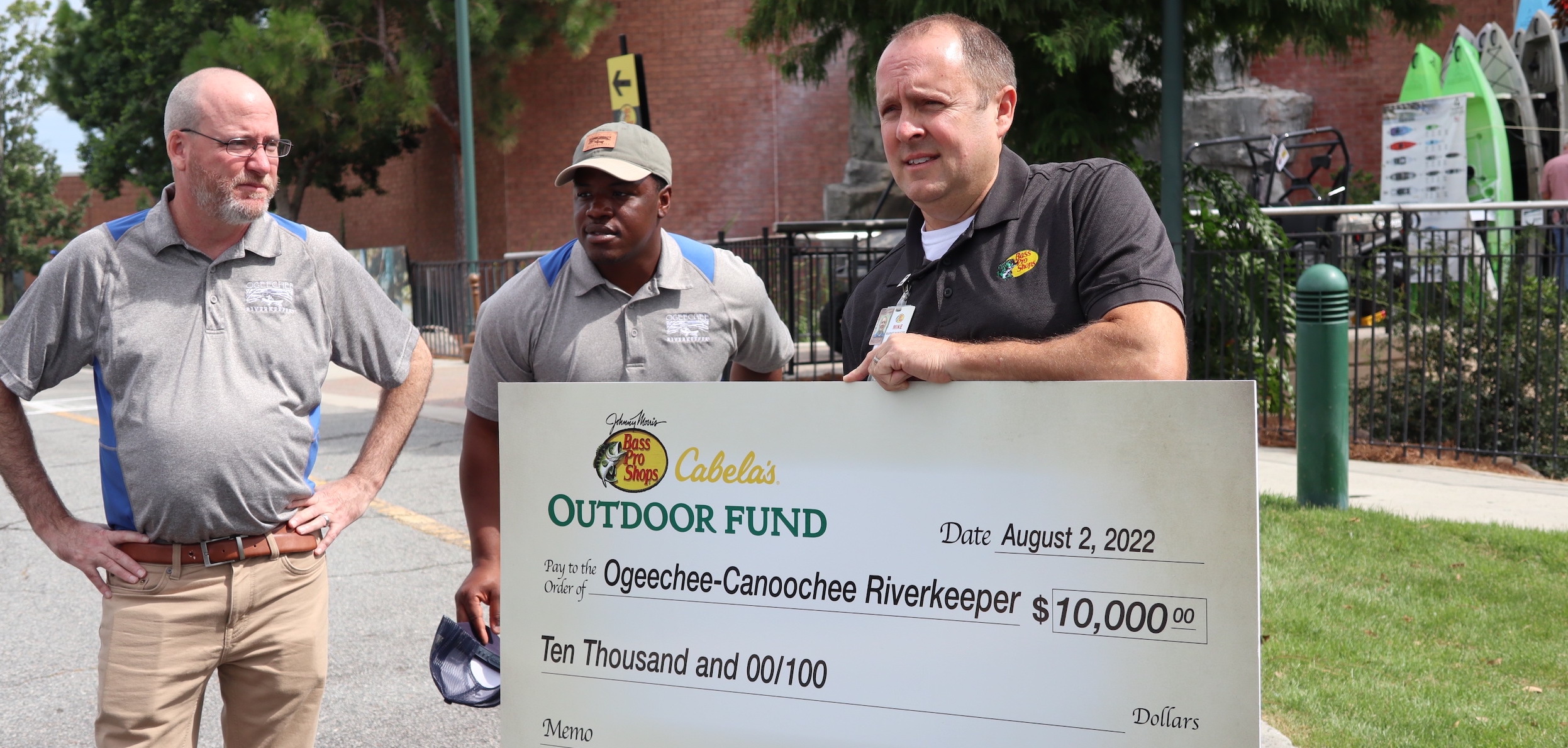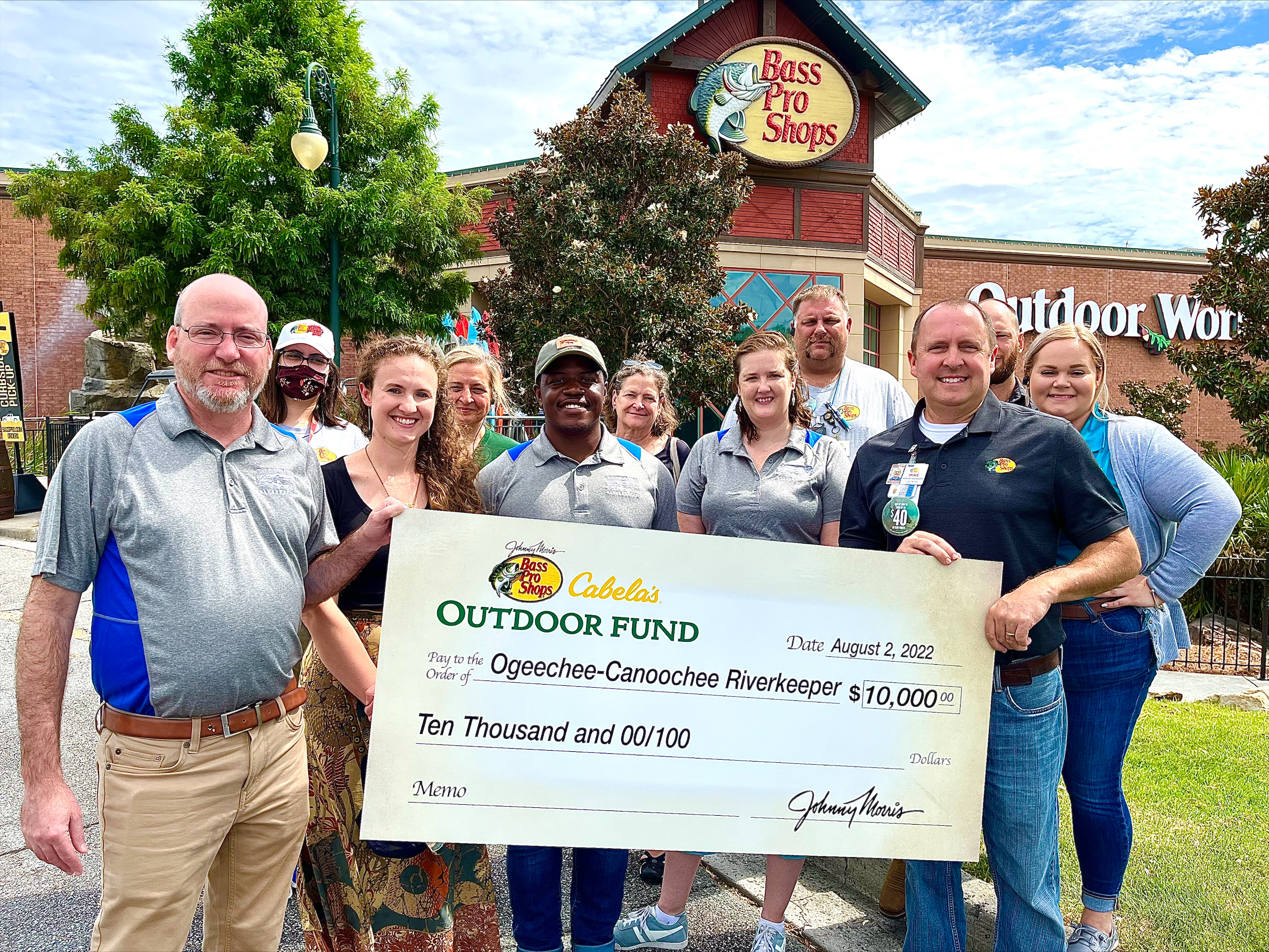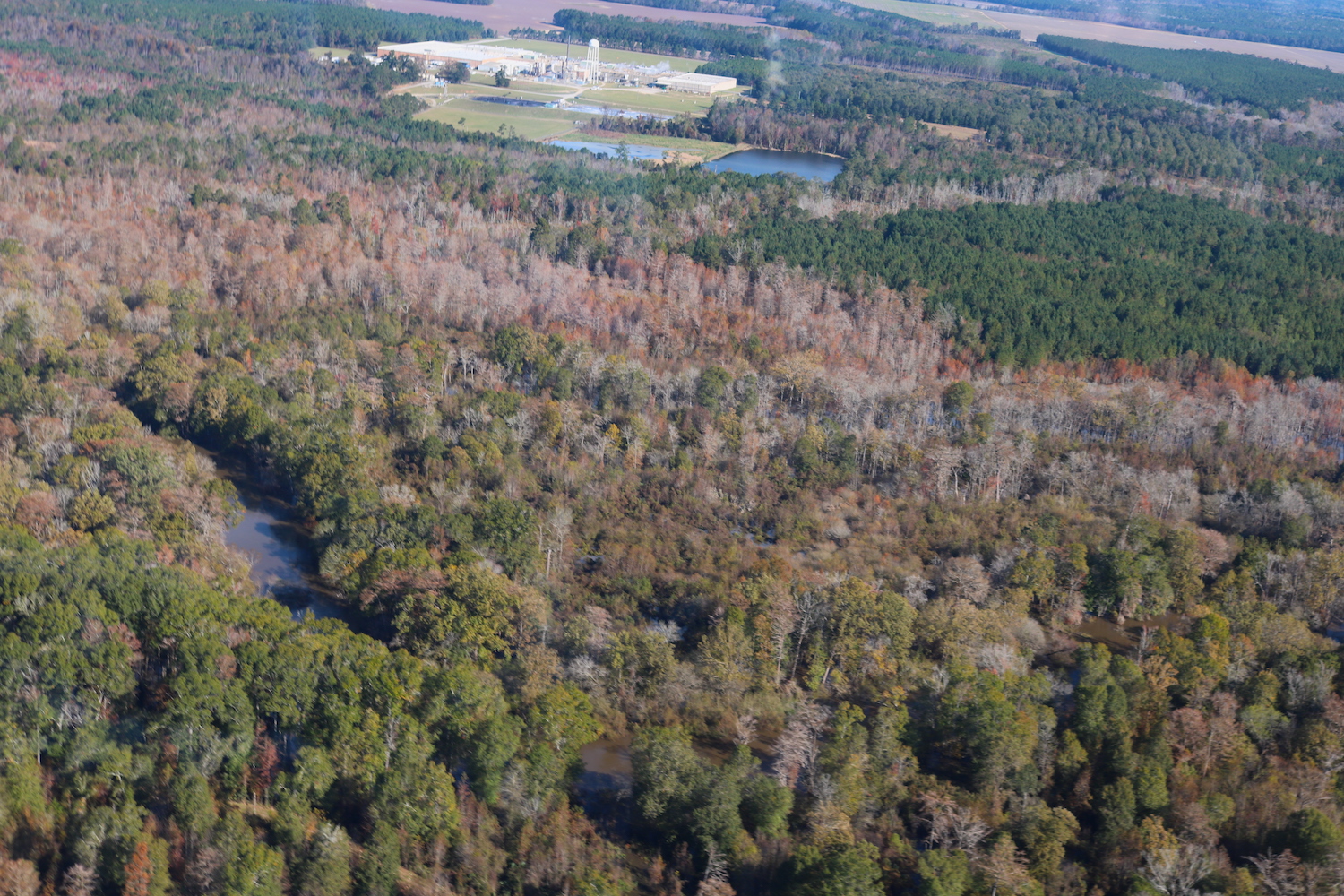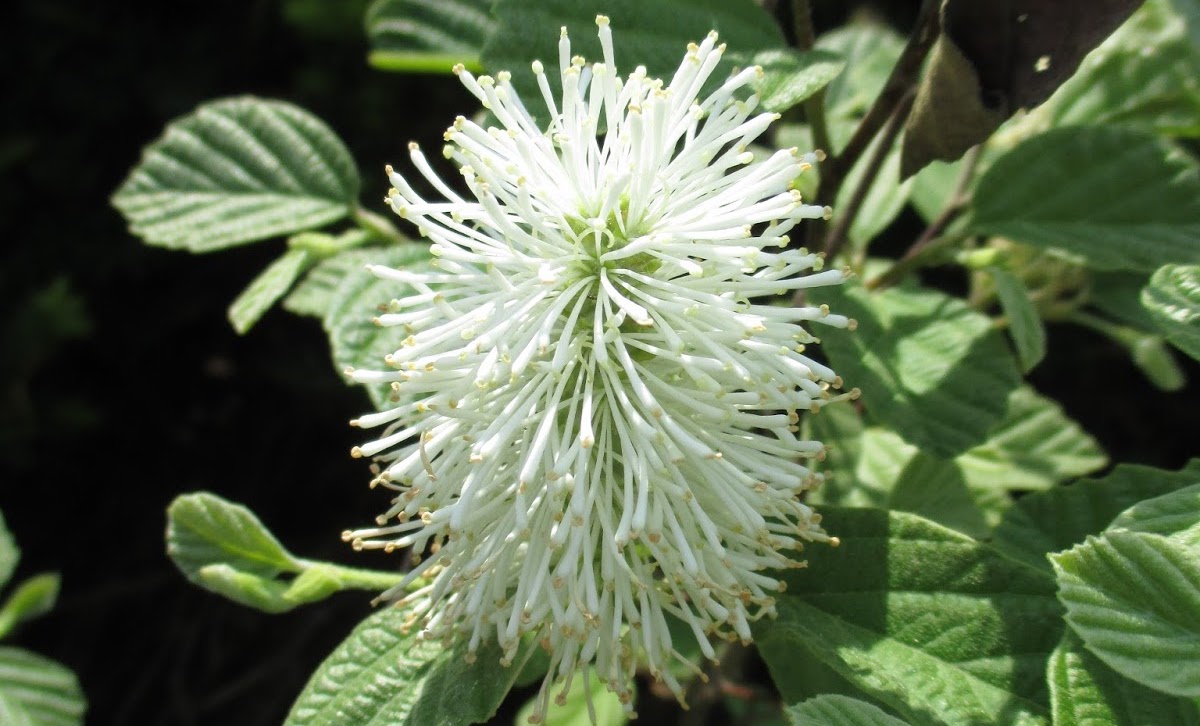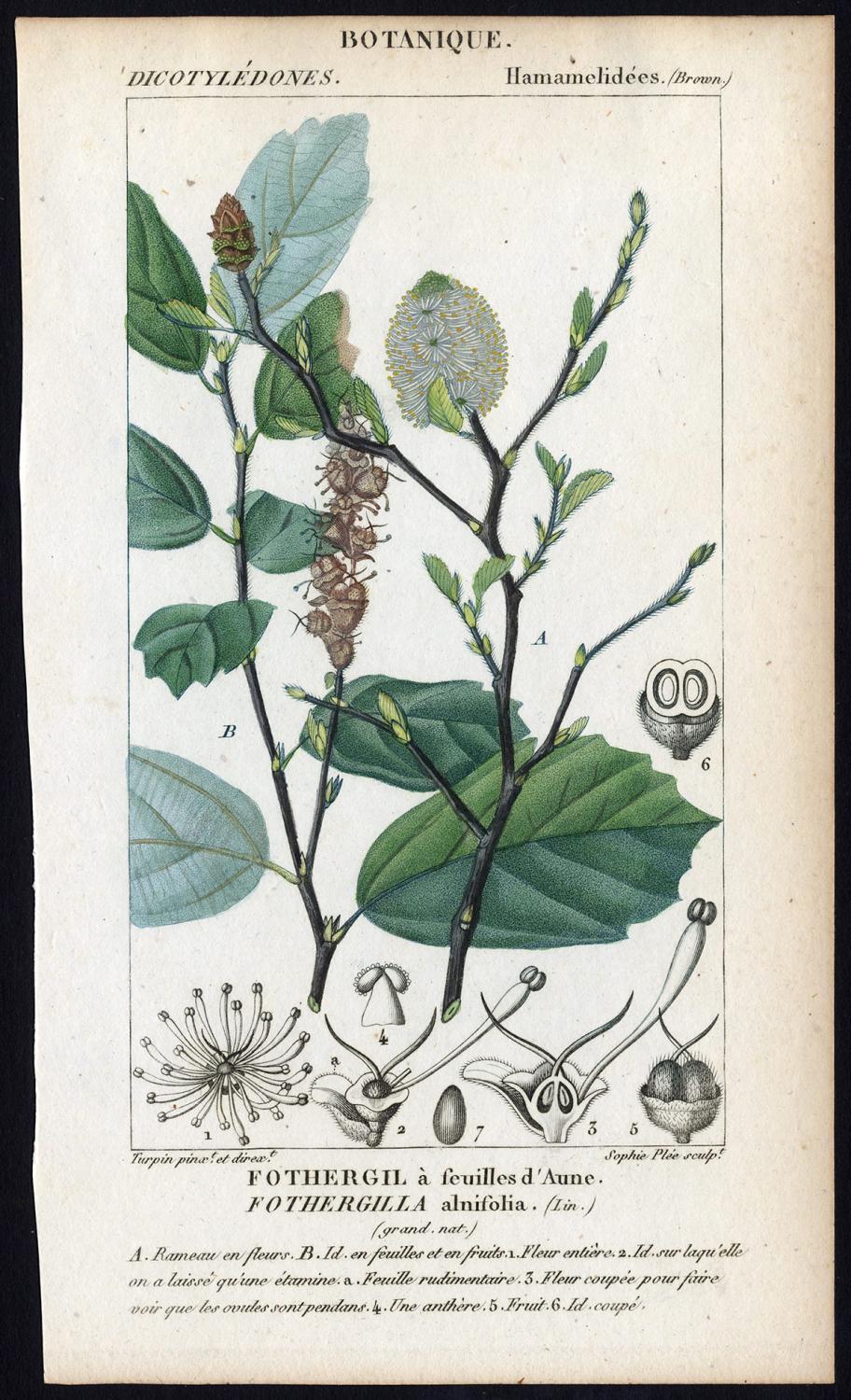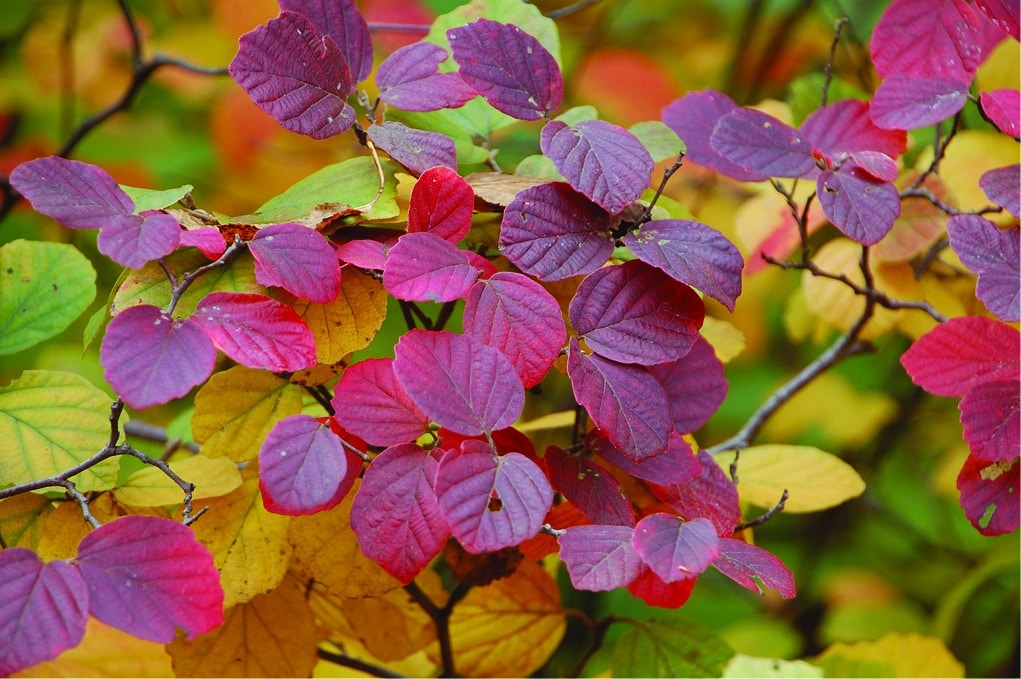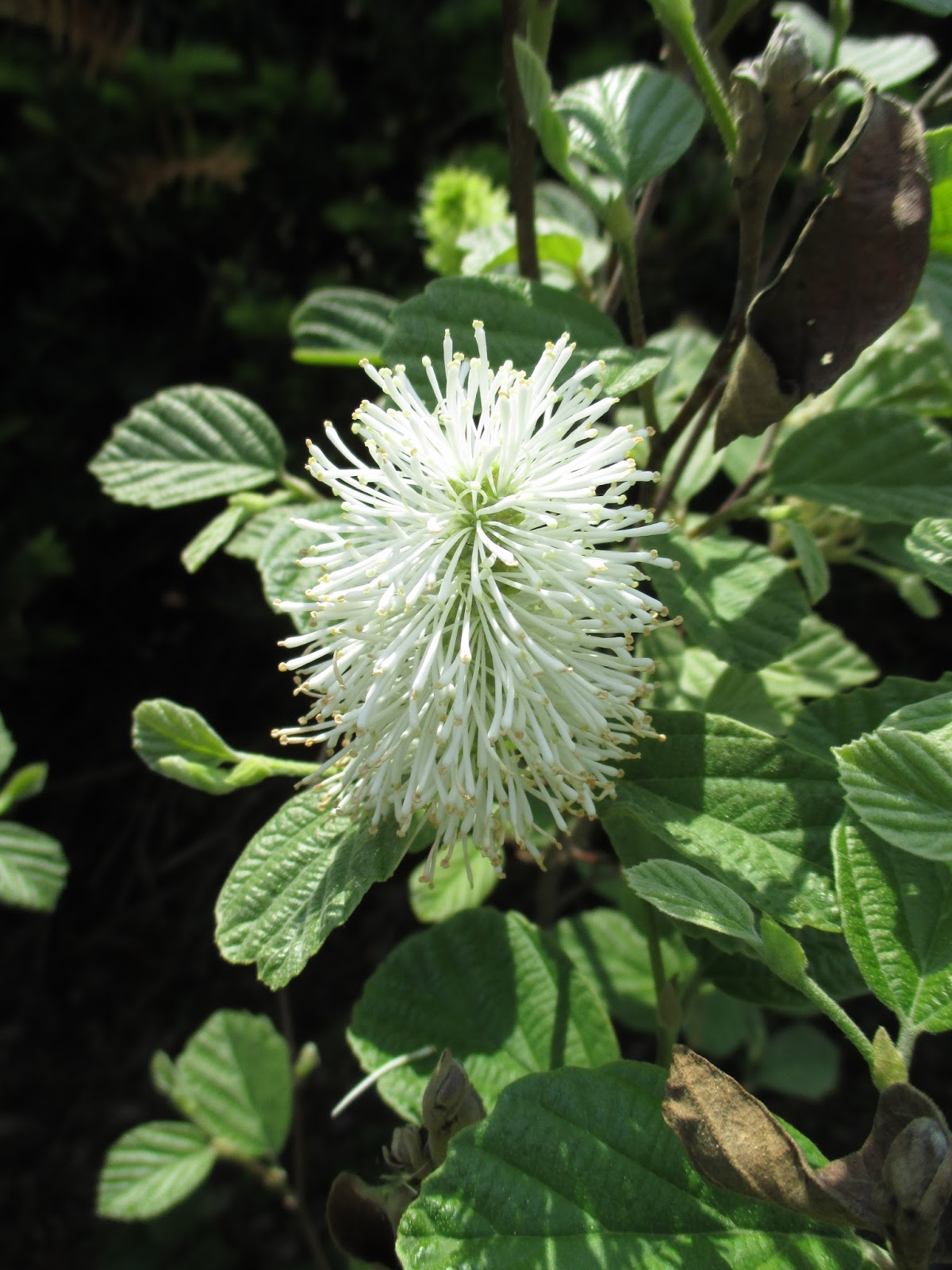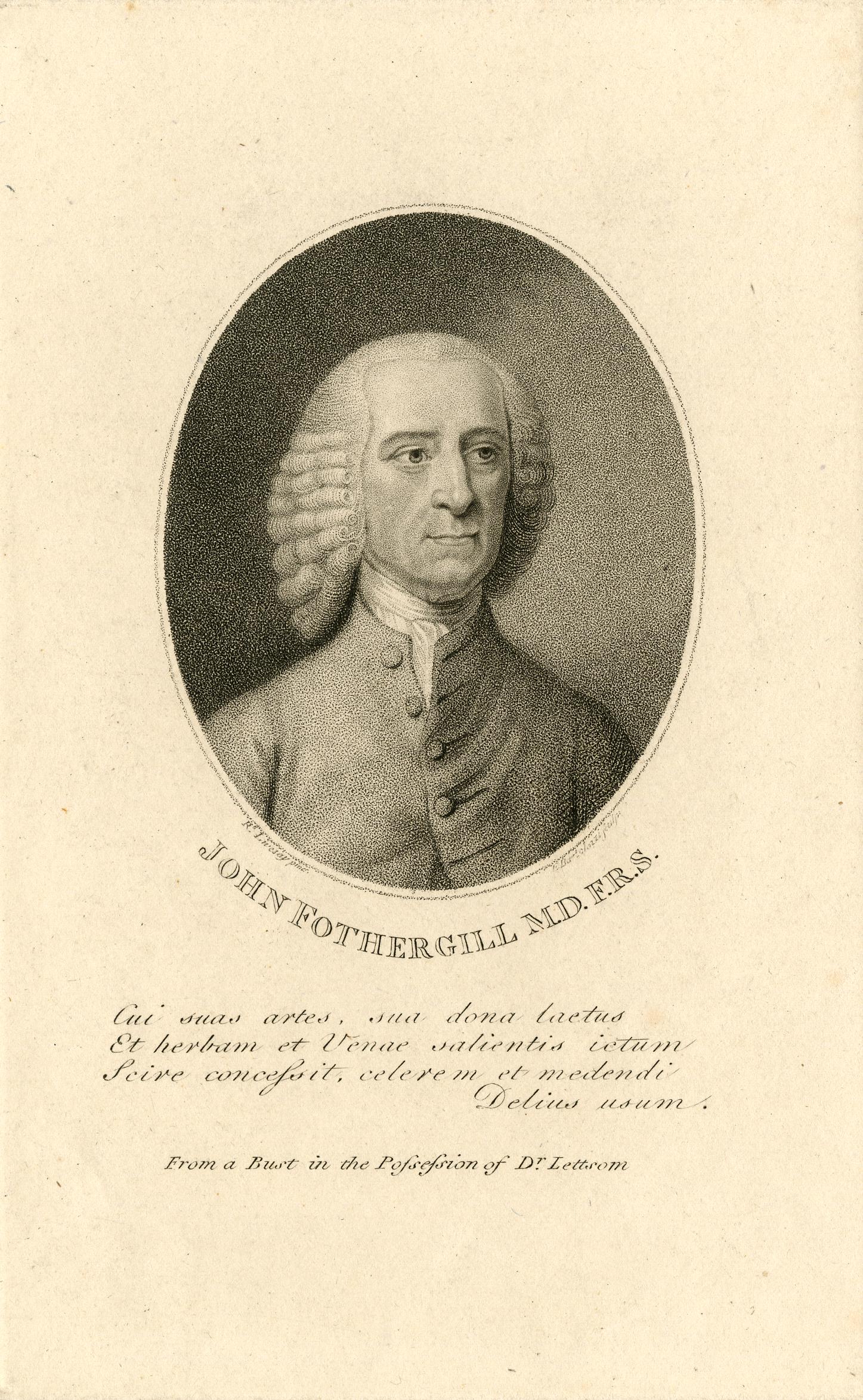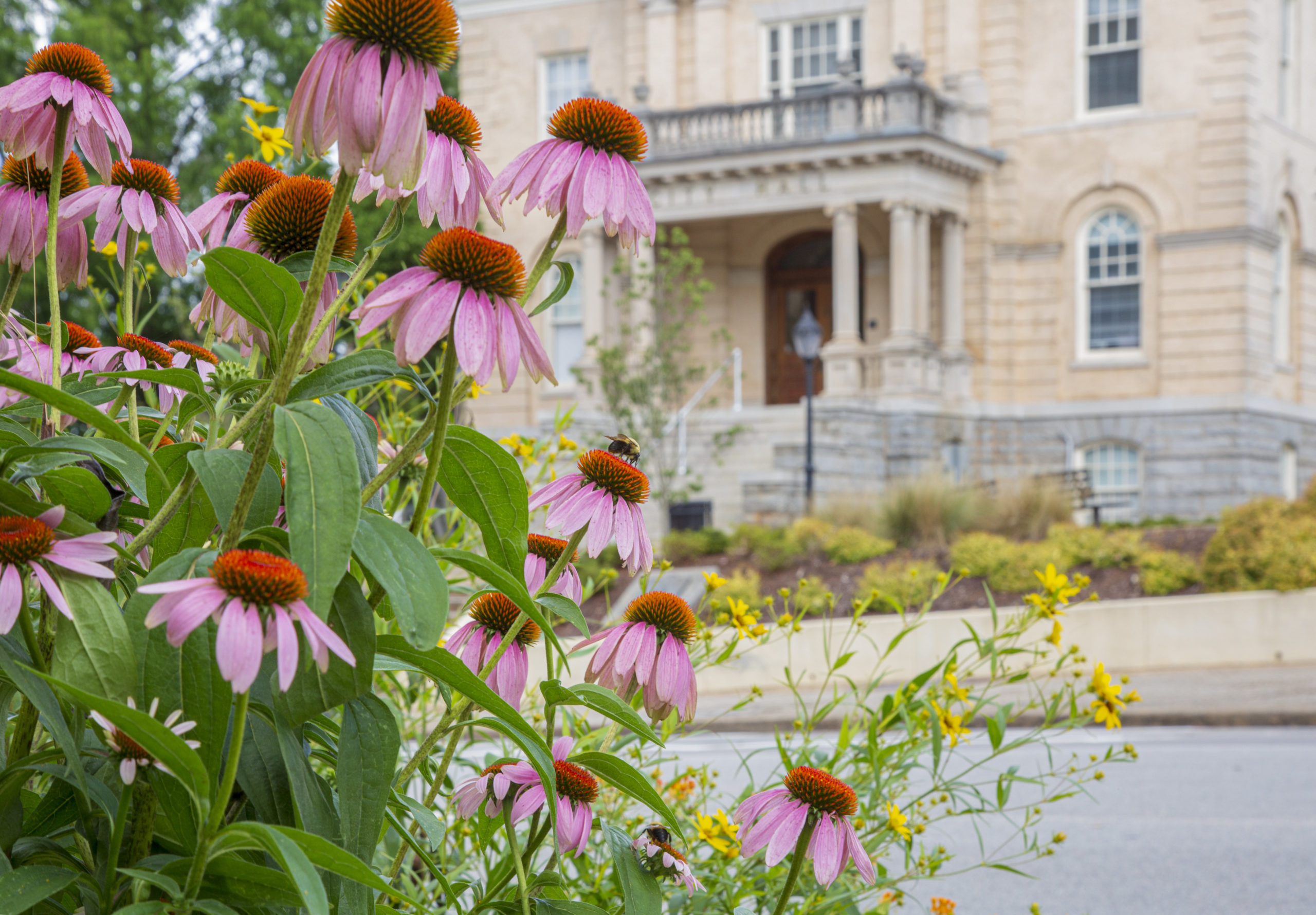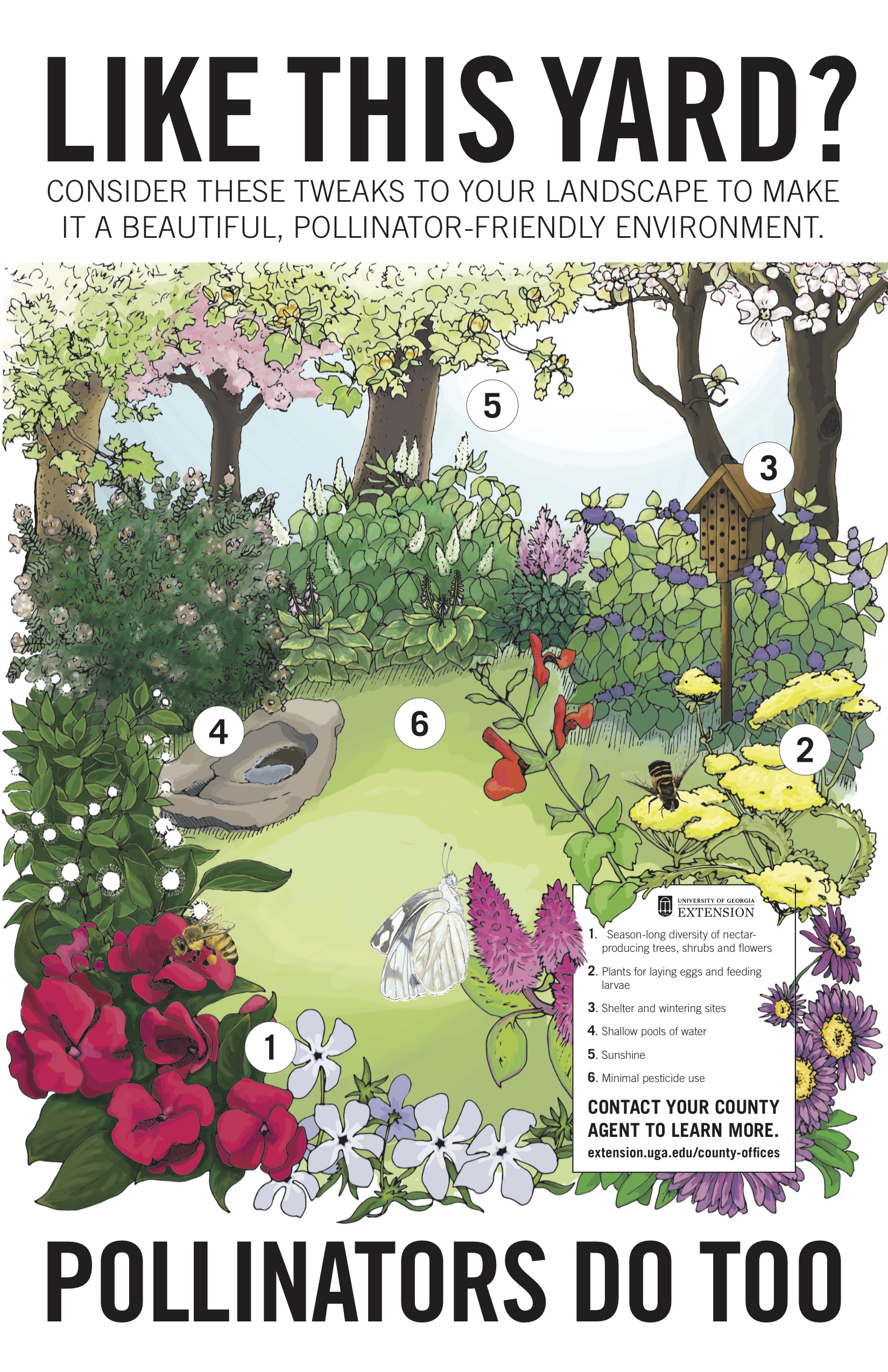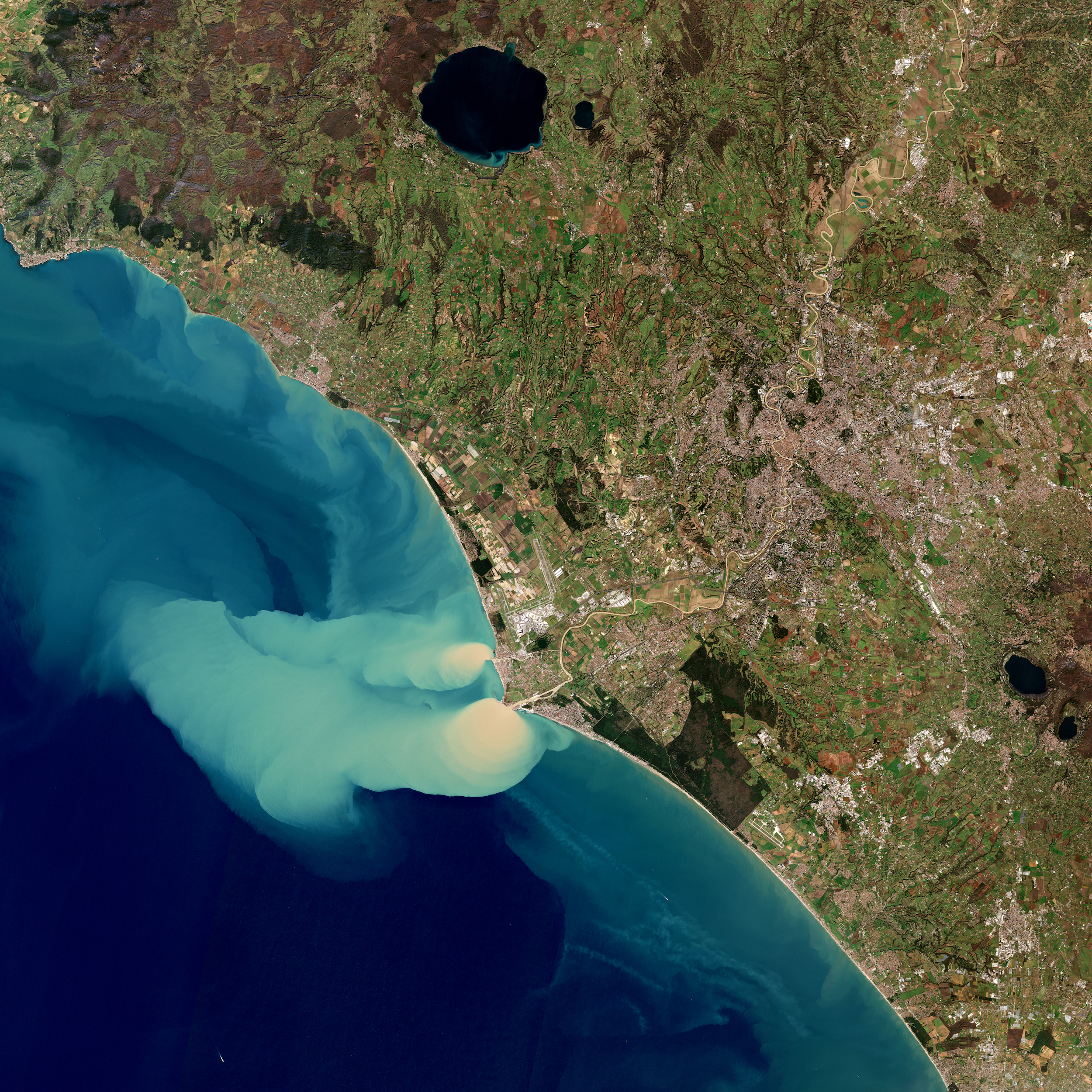
One of the aspects of the river health that ORK monitors is sedimentation. Everyday impacts of sedimentation include increased likelihood of flooding, loss of soil productivity, decreased recreational value, deterioration of water quality, impacts to wildlife and habitat, and increased maintenance costs.
Erosion is a natural process where the land surface is worn away by the action of water, wind, ice, and gravity. Humans, however, cause accelerated erosion through alteration of the land surface for activities such as agriculture and development.
ORK works to prevent unnatural sedimentation through education and encourages smart development practices like wide buffer corridors and preservation or restoration of vegetation and tree canopy.
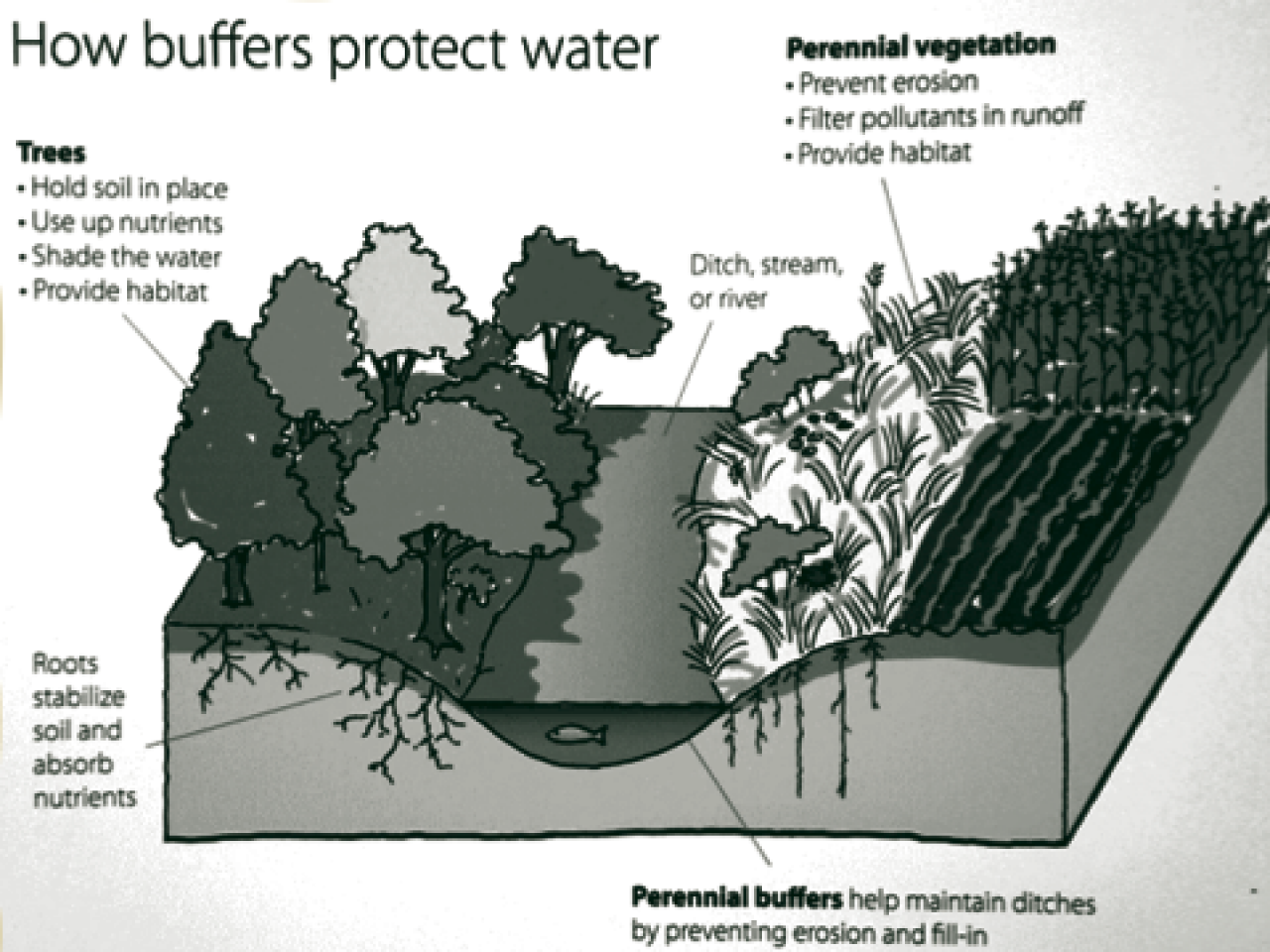
Erosion is also influenced by climate, topography, and vegetative cover which are heavily impacted by human activities. The process of eroded material being transported and deposited by water, wind, ice, and gravity is called sedimentation.
One simple way to decrease erosion and sedimentation is to plant a vegetative cover. Vegetation reduces erosion by absorbing the energy of rain drops, binding soil particles, slowing velocity of runoff, increasing the soil’s ability to absorb water, and removing subsurface water between rainfalls. Ground covers and cover crops are great plants for growing a quick vegetative cover that will reduce the amount of erosion.
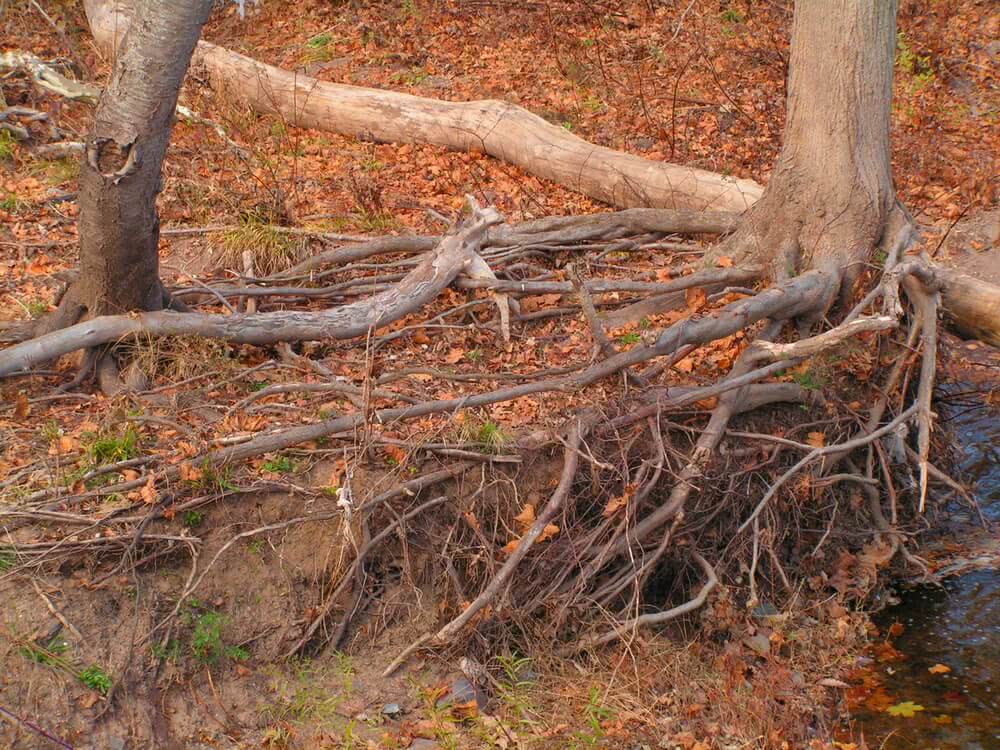
Trees and shrubs with large, deep roots and a spreading canopy provide excellent soil stabilization and erosion control, but can take a much longer time to grow and provide these benefits. Your local university extension is a great resource for which plants are best for your area and will provide you with your desired outcome.
By: Carly Nielsen, Upper Watershed Representative
Source: NPDES Training Institute Level 1B Advanced Fundamentals Seminar Training
Manual: GASWCC Certification Training for Persons Involved with Land Disturbing Activities
